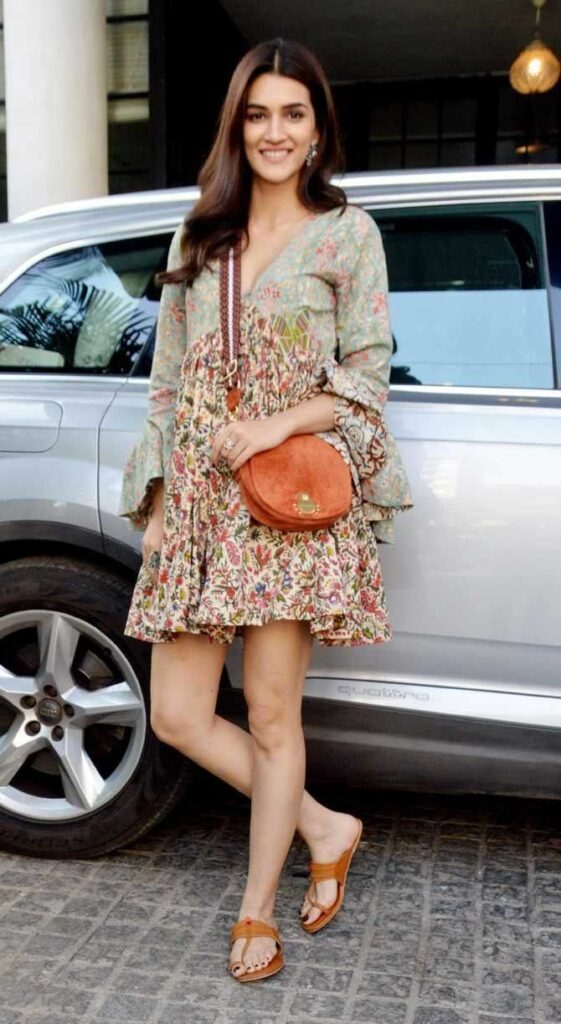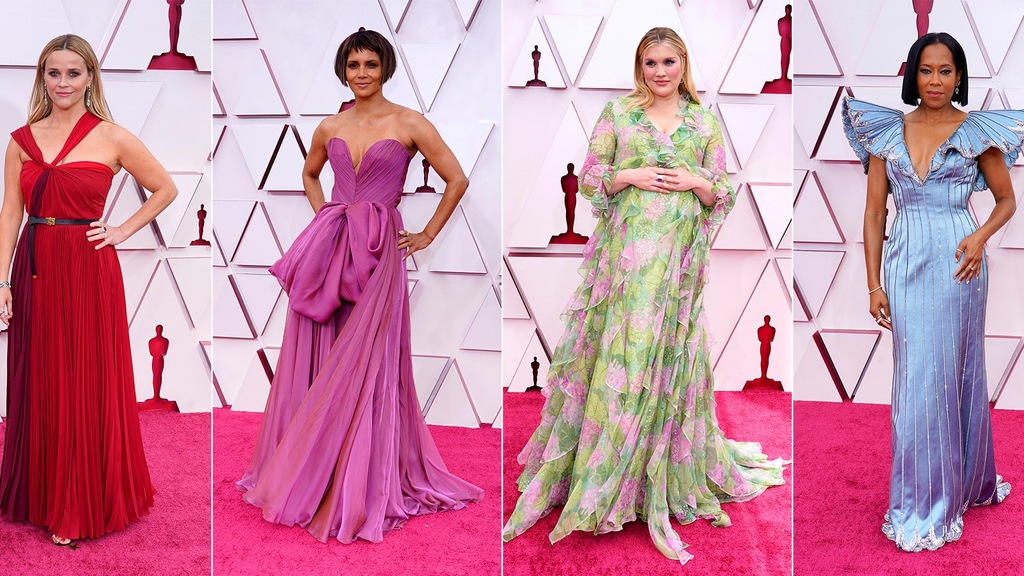Introduction
Colors have the remarkable ability to convey messages, express personalities, and influence perceptions. In fashion, colors are not just a matter of aesthetics; they are a language that speaks volumes about the wearer and the prevailing trends.
The Essence of Seasonal Colors
The concept of seasonal colors revolves around the idea that certain colors are more suitable and harmonious during specific times of the year. Each season brings its own natural palette, inspired by the changing environment and climate.
Spring: Blossoming Hues and Renewal
Spring colors mirror the rejuvenation of nature. Pastel shades like soft pinks, mint greens, and baby blues capture the blossoming flowers and fresh beginnings of this season.
Summer: Vibrant Tones Under the Sun
Summer is synonymous with vibrant energy. Think bold and bright colors like fiery reds, electric yellows, and ocean blues that mirror the vitality of the sun-soaked days.
Autumn: Warmth, Comfort, and Richness
Autumn colors reflect the cozy and comforting ambiance of the season. Rich, earthy tones like deep oranges, warm browns, and rustic reds encapsulate the falling leaves and the harvest season.
Winter: Crisp Neutrals and Cool Elegance
Winter brings a sense of calm and elegance. Cool neutrals such as icy grays, soft whites, and deep blacks create a sophisticated and serene aesthetic, reminiscent of snow-covered landscapes.
Color Psychology: Emotions and Meanings
Colors evoke emotions and carry meanings that can influence our mood and behavior. Understanding color psychology can help you make intentional choices about the colors you wear.
Breaking Boundaries: Trans-Seasonal Colors
Fashion is increasingly breaking away from strict seasonal color rules. Trans-seasonal colors are versatile hues that work across different seasons, allowing for more creative and adaptable styling.
Wardrobe Planning: Incorporating Seasonal Colors
Building a versatile wardrobe involves understanding how to balance timeless neutrals with seasonal pops of color. This balance ensures that your outfits remain stylish throughout the year.
Accessorizing with Seasonal Colors
Accessories are a fantastic way to experiment with seasonal colors. A vibrant scarf, a statement handbag, or a pair of colorful shoes can instantly elevate and transform an outfit.
Fashion Icons and Their Seasonal Color Choices
Fashion icons often embrace seasonal colors to accentuate their personal style. Analyzing their choices can provide inspiration for incorporating these colors into your own wardrobe.
DIY Color Analysis: Finding Your Best Colors
Discovering which colors flatter your complexion involves a personal color analysis. This DIY process helps you identify the hues that make your skin glow and your eyes sparkle.
The Intersection of Cultural Influences and Seasonal Colors
Cultural influences also shape the perception of color. Certain colors hold specific meanings in different cultures, which can impact fashion choices and interpretations.
Sustainability and Seasonal Colors: Making Responsible Choices
The fashion industry is increasingly focusing on sustainability. Making conscious choices about seasonal colors involves opting for quality over quantity and considering the environmental impact of your fashion decisions.
Conclusion
Understanding seasonal colors in fashion empowers you to express yourself creatively while staying attuned to the prevailing trends. From the blossoming hues of spring to the cozy richness of autumn, each season offers a unique color palette that reflects the world around us. By embracing these colors and their meanings, you can curate a wardrobe that resonates with your personality and adapts to the ever-changing fashion landscape.
FAQs
- Why do colors change with seasons in fashion?
- Colors change with seasons in fashion to reflect the changing natural environment and climate. Different colors evoke different feelings and emotions, making them more suitable for specific times of the year.
- How do I determine my best seasonal colors?
- You can determine your best seasonal colors through a personal color analysis. This involves assessing how different colors complement your skin tone, hair color, and eye color.
- Can I wear colors from other seasons?
- Absolutely! While seasonal colors are a guideline, fashion is about expressing yourself. Experimenting with colors from different seasons can lead to unique and exciting style combinations.
- What is the significance of cultural influences on seasonal colors?
- Cultural influences shape how colors are perceived and the meanings they hold. A color that signifies celebration in one culture might symbolize mourning in another, impacting fashion choices and interpretations.
- How can I make sustainable choices with seasonal colors in fashion?
- Opt for timeless pieces in neutral colors that can be paired with seasonal accents. Invest in high-quality, durable garments that stand the test of time, reducing the need for constant replacements.




